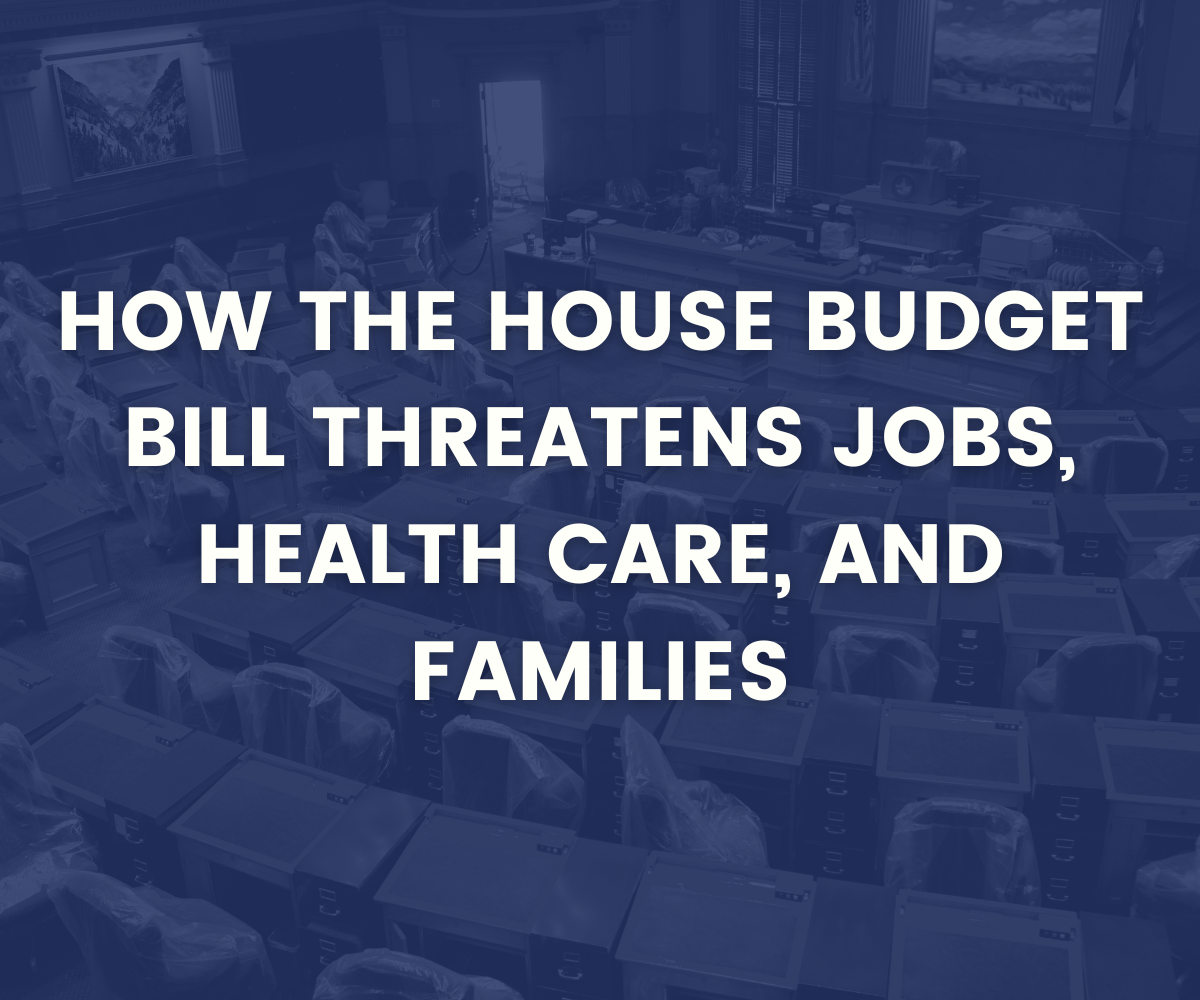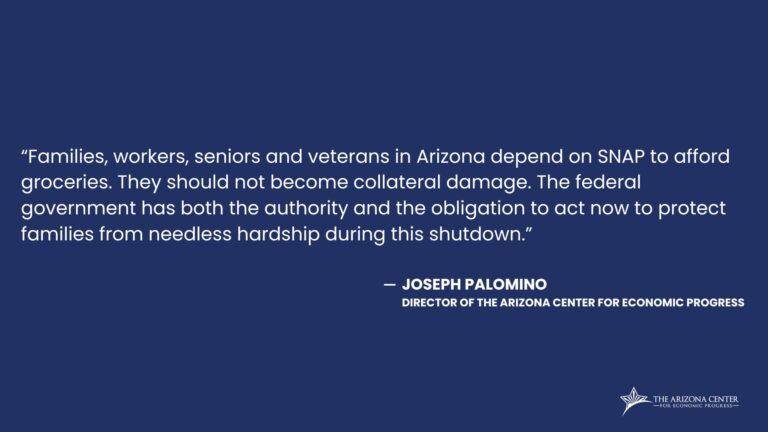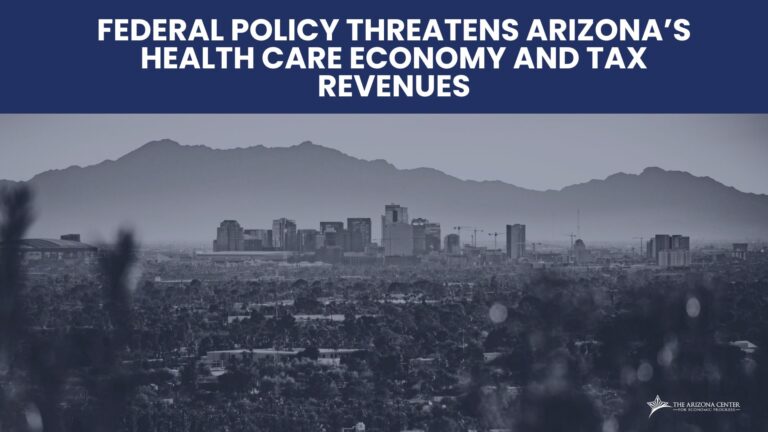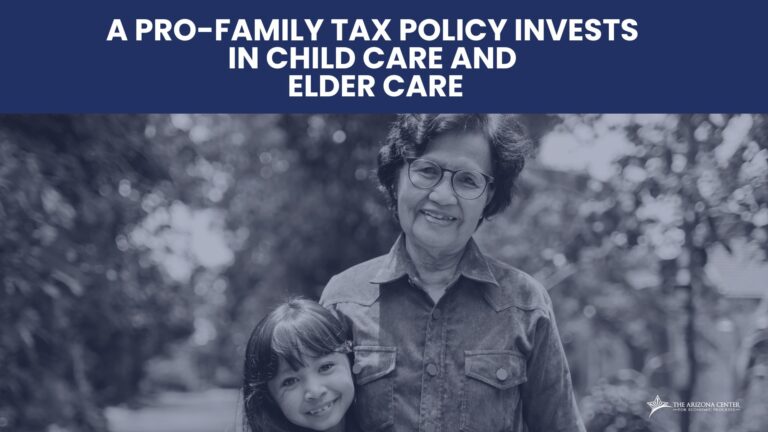
How the House Budget Bill Threatens Jobs, Health Care, and Families
A Tax Package that Worsens Economic Growth
There is nothing but shock and disappointment with a House bill that will drastically increase the federal deficit, endanger our communities, and fundamentally weaken the U.S. economy for generations to come.
The Deficit Impact
The budget legislation will increase the federal deficit by over $2 trillion dollars, increase federal debt by $3 trillion over the next decade, and could increase net interest payments on such debt to over $1.8 trillion annually by 2034. These numbers represent the nonsense of the tax and spending package itself, as ballooning US debt will likely offset any tax benefits to working-class families and small businesses due to higher interest rates and lower Gross Domestic Product (GDP). It is why Moody’s recently downgraded US debt, the US dollar is losing its place as the world’s reserve currency, and Federal Reserve Chairman Jerome Powell has publicly stated that the US is on an unsustainable path.
As such, the Congressional Budget Office (CBO), Committee for a Responsible Federal Budget, and the Tax Foundation have all highlighted that there is likely little to no positive impact to economic growth from the budget legislation.
Public Spending Impact
US spending on healthcare accounts for nearly one-fifth of US GDP and the healthcare sector accounts for 1 in 10 jobs in the US. A state like Arizona, where some have estimated the federal cuts to Medicaid at $2.2 billion, will likely lose tens of thousands of jobs, which will then reverberate in lower spending on retail, restaurants, and other services that circulate dollars within the state’s economy. Arizona will be presented with a recessionary crisis of growing levels of unemployment at a time of declining tax revenues, while increases in US debt will chill economic activity because of higher borrowing costs for households and businesses.
Additionally, cuts or changes to other programs such as SNAP and student loans could further impact family budgets, increase delinquency rates across all forms of debt, and put additional pressure on households struggling to afford housing. Evidence shows that the marginal propensity to consume food out of SNAP dollars is less than 1, which suggests SNAP benefits free up households to spend on other goods and services such as housing. Additionally, households are holding more debt and delinquency rates are increasing, thereby limiting the ability to cover for any further increases in costs or loss of resources.
In Arizona, those already struggling with access to housing and childcare, while seeing their local public schools close, will be further fiscally impoverished by reductions to nutrition assistance and healthcare.
The Immigration Impact
Real potential GDP is based on two primary components, labor force productivity and the size of the labor force. As such, in January 2025, CBO estimated the average real potential GDP would be 2.2 percent for 2025-2029, of which nearly half of such potential would be the direct result of labor force size.
According to the CBO, growth in the labor force will primarily be driven by net immigration to the United States for years to come. By 2033, deaths will exceed births in the US, meaning, absent immigration, the US population will decline, which has significant ramifications for pay-as-you-go programs like Social Security.
Current immigration policy further bolstered by the House bill, would threaten future economic growth over the next decades absent the expansion of avenues for legal immigration and pathways to citizenship for undocumented individuals.
Furthermore, increasing immigration and border enforcement spending by over $175 billion, in addition to raising fees for various forms of immigration, would further increase US debt and possibly the trade deficit. Immigration and foreign travel to the US are critical to US exports, whether within the context of supporting sectors such as agriculture and construction or by supporting local economies through dollars spent by foreign nationals temporarily within the United States.
Lastly, further bolstering an immigration enforcement apparatus at a time when such agencies are eroding due process creates a moral hazard. In fact, Congress should at the very least interrogate the appropriation of additional federal immigration funding to halt unconstitutional actions and chill any further overreach.
Distributional Impact
Lastly, the data simply shows that the tax and spending package will primarily benefit higher income individuals, with many of the tax benefits accruing to households in the top 20 percent of income. According to a CBO analysis released Wednesday, the bill will lower the household resources for those in the lowest decile of income while increasing the resources of those in the highest.
Under the concept of diminishing marginal utility of money, a dollar loss to a billionaire is worth significantly less than a dollar loss to someone making under $50,000. Consequently, it would be more rational to allow tax cuts for the wealthy to expire to protect resources for those with the lowest incomes.
Arizona Center for Economic Progress will be working to provide up-to-date analysis as the bill now moves to the US Senate. The fight cannot be over given the massive economic damage and harm to our communities the current bill causes.



